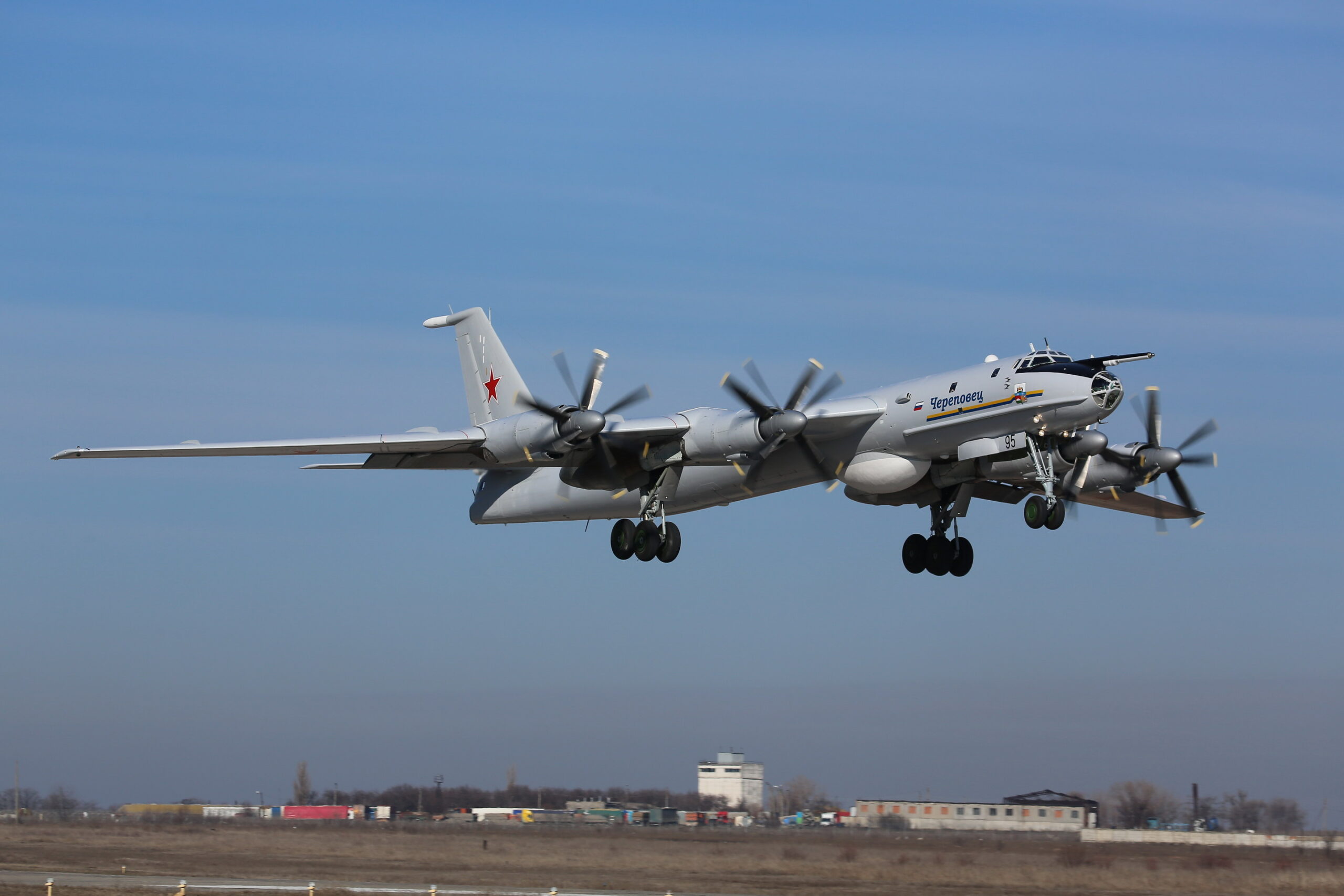Stealth Encounter: Russian ASW Aircraft Shadows US Nuclear Submarine Unnoticed for 9 Hours
"Throughout the nine-hour mission of 'shadowing,' the American nuclear submarine was unaware that it was being 'trailed' because the Russian aircraft employed passive detection and tracking methods," said Colonel Andrey Pakhomov, Commander of the Russian Naval Aviation.
(DEFENCE SECURITY ASIA) — In an incident that occurred in the far-eastern waters of Russia in March last year, a United States nuclear-powered submarine remained unaware that it had been “shadowed” for nine hours by a Russian Anti-Submarine Warfare (ASW) aircraft.
As disclosed by Colonel Andrey Pakhomov, Commander of the Russian Naval Aviation via the Sputnik news agency, the Russian submarine hunter aircraft “shadowed and tracked” the American nuclear submarine continuously for nine hours without detection.
“Throughout the nine-hour ‘shadowing’ mission, the American nuclear submarine was unaware that it was being ‘shadowed’ because the Russian aircraft utilized passive detection and tracking methods to avoid detection,” he stated.
The passive detection and tracking methods employed by the Russian ASW aircraft ensured that the “enemy” asset remained unaware that it had been detected, and its movements were being tracked by enemy assets.
According to Pakhomov, the American nuclear submarine was present in the far-eastern waters of Russia to gather intelligence on the activities of warships under the command of the Russian Pacific Fleet.

The submarine was engaged in reconnaissance activities to the extent that it remained unaware of being detected and tracked by Russian anti-submarine warfare aircraft.
“The U.S. submarine operated beneath the water’s surface and was unaware that it was being shadowed. The U.S. submarine believed that its presence went unnoticed, but we shadowed it for nine hours,” he said, as quoted by another Russian media, the TASS news agency.
As of now, the U.S. Department of Defense has not issued any comments regarding the claims made by the Russian authorities.
The incident is believed to have taken place in the waters around Vladivostok, in the far east of the country, during a surprise inspection of warships under the purview of the Russian Pacific Fleet by the Commander of the Russian Navy.
Vladivostok, located in the far east of Russia, serves as a base for the country’s Pacific Fleet.


The Russian Naval Aviation is believed to deploy long-range reconnaissance aircraft and ASW Tupolev Tu-142, known as “Bear-F” in Western countries, a variant of the strategic bomber Tu-95 adapted for anti-submarine warfare, for such missions.
Additionally, maritime patrol aircraft and ASW IL-38 “Dolphin” are also used for ASW missions in the far-eastern waters of Russia.
The “Bear-F” aircraft of Russia is specifically designed for long-range reconnaissance and anti-submarine warfare missions.
Efforts to develop ASW aircraft began in the 1960s, with the primary objective at that time being to counter the threat posed by U.S. nuclear-powered submarines equipped with nuclear-guided ballistic missiles such as the “Polaris.”
It is believed that at least eight Tu-142 long-range ASW aircraft are in service with the Russian Pacific Fleet, actively “sniffing out” any movements of U.S. nuclear submarines in the far-eastern waters of Russia. — DSA

DEFENCE SECURITY ASIA APPS
To advertise contact: haikalhamas73@gmail.com


